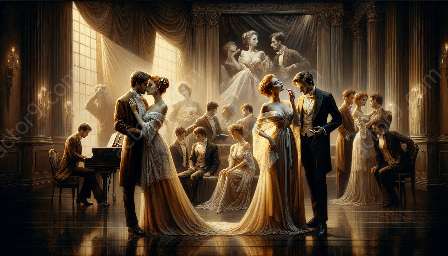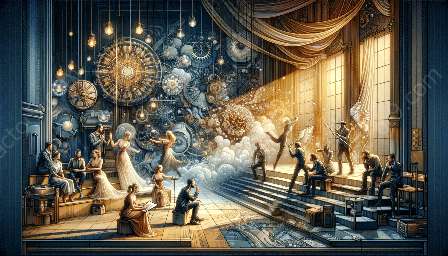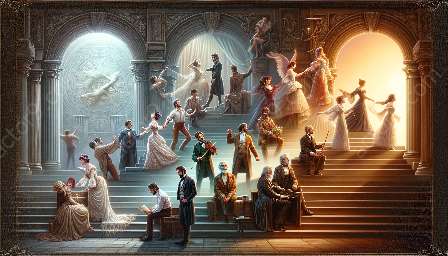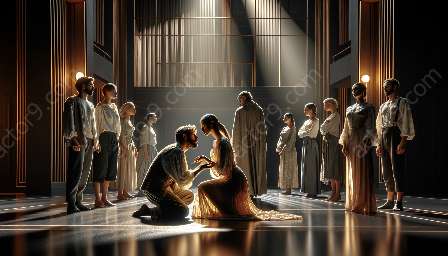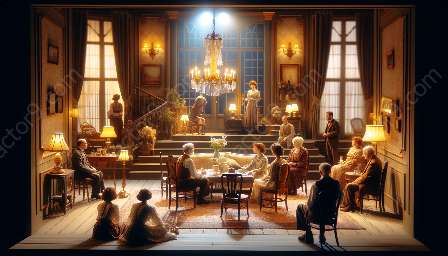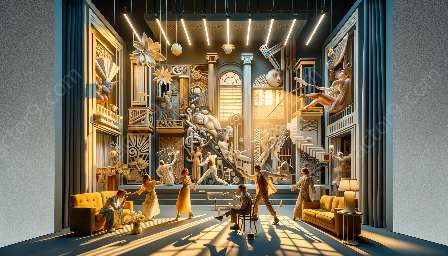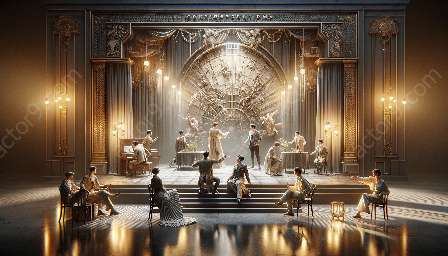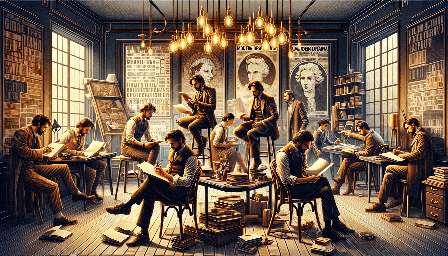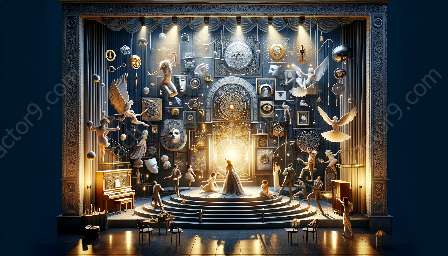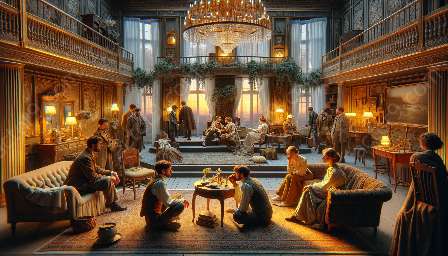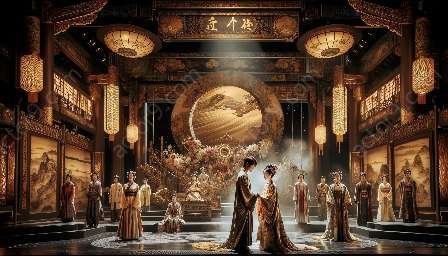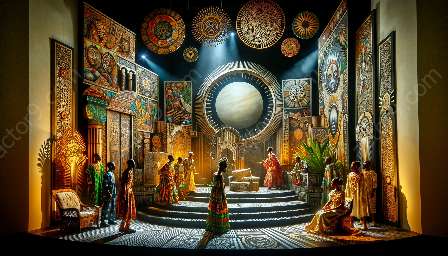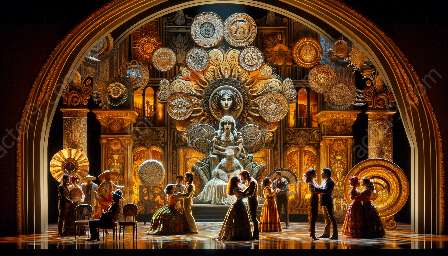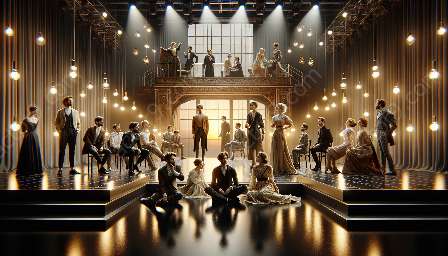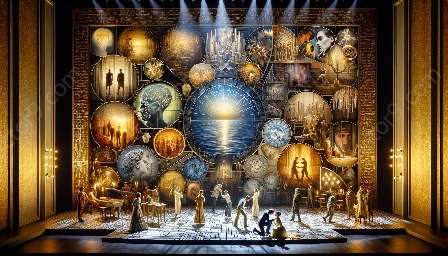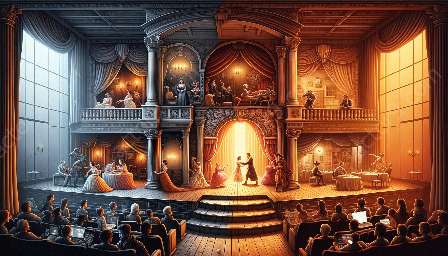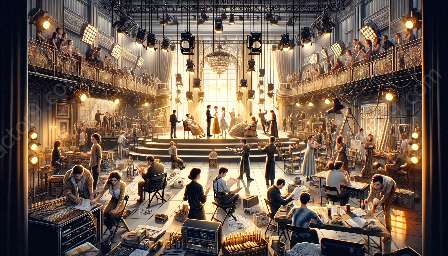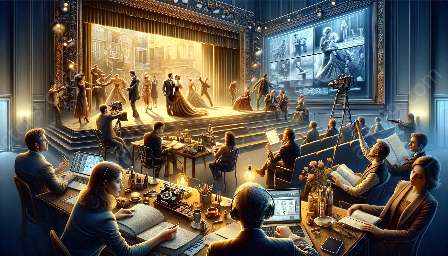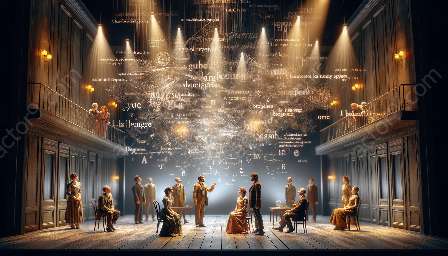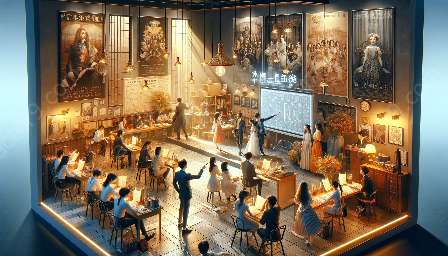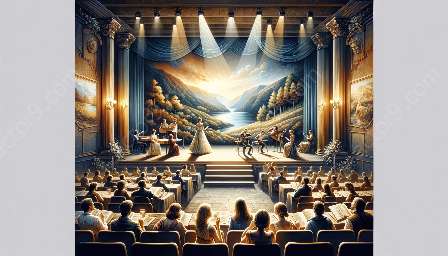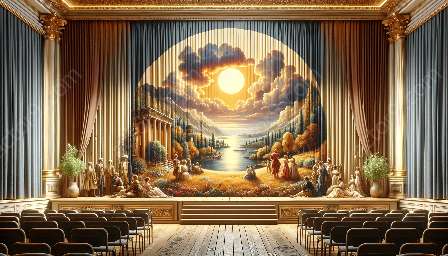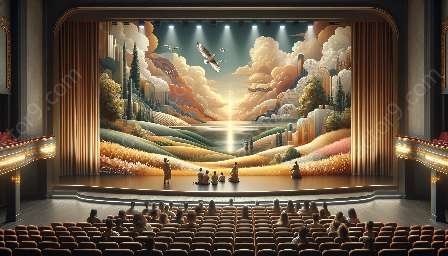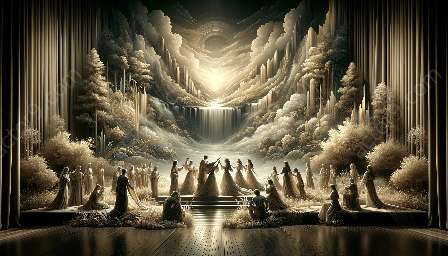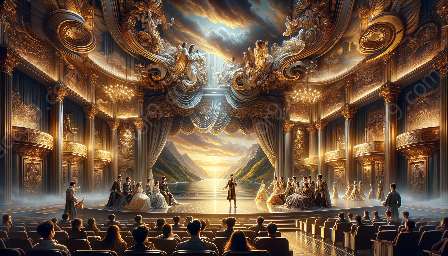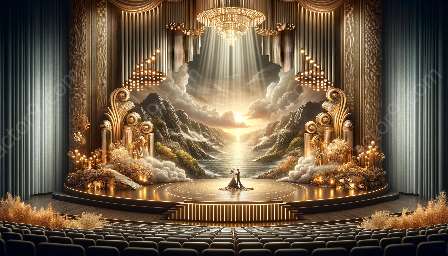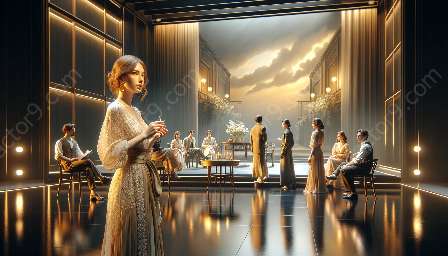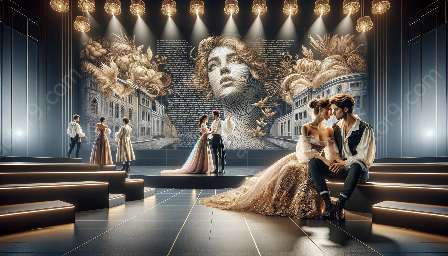Drama has always been a dynamic art form, evolving with each passing era to reflect the cultural and technological advancements of the time, and contemporary drama is no exception. The incorporation of multimedia elements in contemporary drama has revolutionized the theatrical experience, providing a fresh and captivating dimension to storytelling. This topic cluster aims to delve into this fascinating trend, examining its compatibility with modern drama and the impact of multimedia elements on the overall production.
Changing Landscape of Contemporary Drama
Contemporary drama, often referred to as modern drama, is characterized by its willingness to experiment and push boundaries. It embraces the use of technology and multimedia to engage audiences in innovative ways, transcending traditional theatrical norms. From projection mapping to virtual reality, multimedia elements have become integral to the staging of contemporary productions, offering new means of communication and expression.
Enriching the Theatrical Experience
The integration of multimedia elements in contemporary drama enriches the theatrical experience by immersing audiences in visually stunning and interactive narratives. Whether through live video feeds, digital scenery, or interactive soundscapes, these elements create a multisensory environment that complements the live performances, blurring the lines between reality and fiction. As a result, contemporary drama becomes more accessible and captivating to diverse audiences, transcending language and cultural barriers.
Compatibility with Modern Drama
The incorporation of multimedia elements seamlessly aligns with the principles of modern drama, which emphasizes experimentation and breaking away from conventional forms of storytelling. From the works of experimental playwrights to avant-garde theatre companies, modern drama has embraced multimedia as a means of redefining the boundaries of theatrical expression. As such, the compatibility between multimedia elements and modern drama is evident in their shared commitment to innovation and pushing artistic boundaries.
Challenges and Opportunities
While the incorporation of multimedia elements offers myriad benefits, it also presents challenges for theatre practitioners. Technical complexities, budget constraints, and the balance between live performances and digital elements require careful consideration. However, these challenges also provide opportunities for collaboration between theatre artists, multimedia designers, and technology experts, fostering an interdisciplinary approach to storytelling.
Impact on Creative Expression
The use of multimedia elements in contemporary drama has redefined creative expression, allowing playwrights, directors, and performers to explore new modes of storytelling. Digital projections, interactive installations, and virtual environments offer boundless possibilities for creativity, enabling artists to push the boundaries of narrative structure and visual aesthetics.
Future Trends and Innovations
As technology continues to advance, the future of multimedia in contemporary drama holds exciting prospects. From augmented reality integration to interactive theatrical experiences, the evolution of multimedia elements in drama will undoubtedly shape the future landscape of theatre, captivating audiences in unprecedented ways and redefining the art of storytelling.
By embracing the incorporation of multimedia elements, contemporary drama remains at the forefront of artistic innovation, opening new avenues for collaboration, creativity, and audience engagement. This dynamic evolution ensures that the timeless art of drama continues to resonate with modern audiences, transcending the confines of traditional stagecraft and embracing the limitless possibilities of the digital age.

